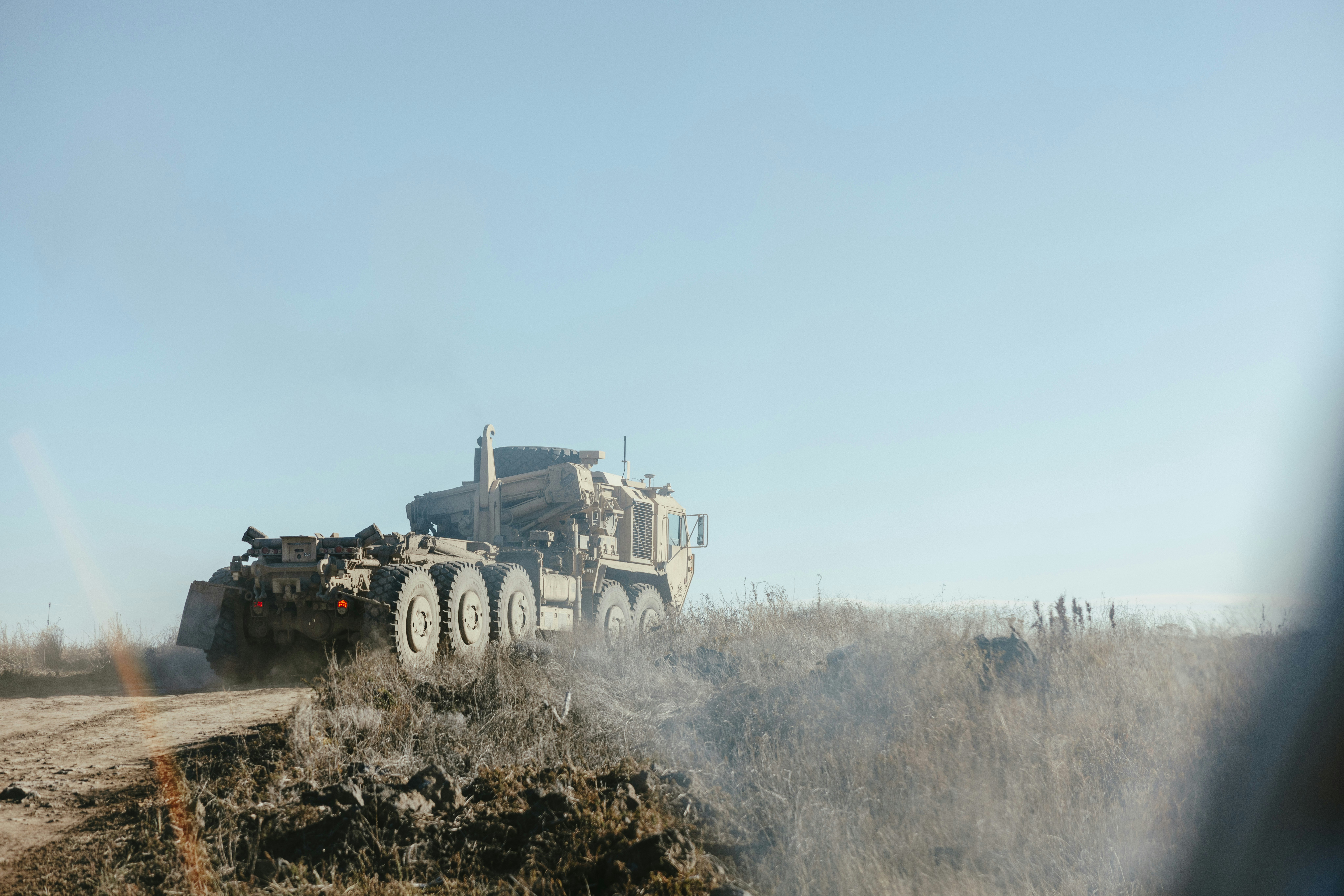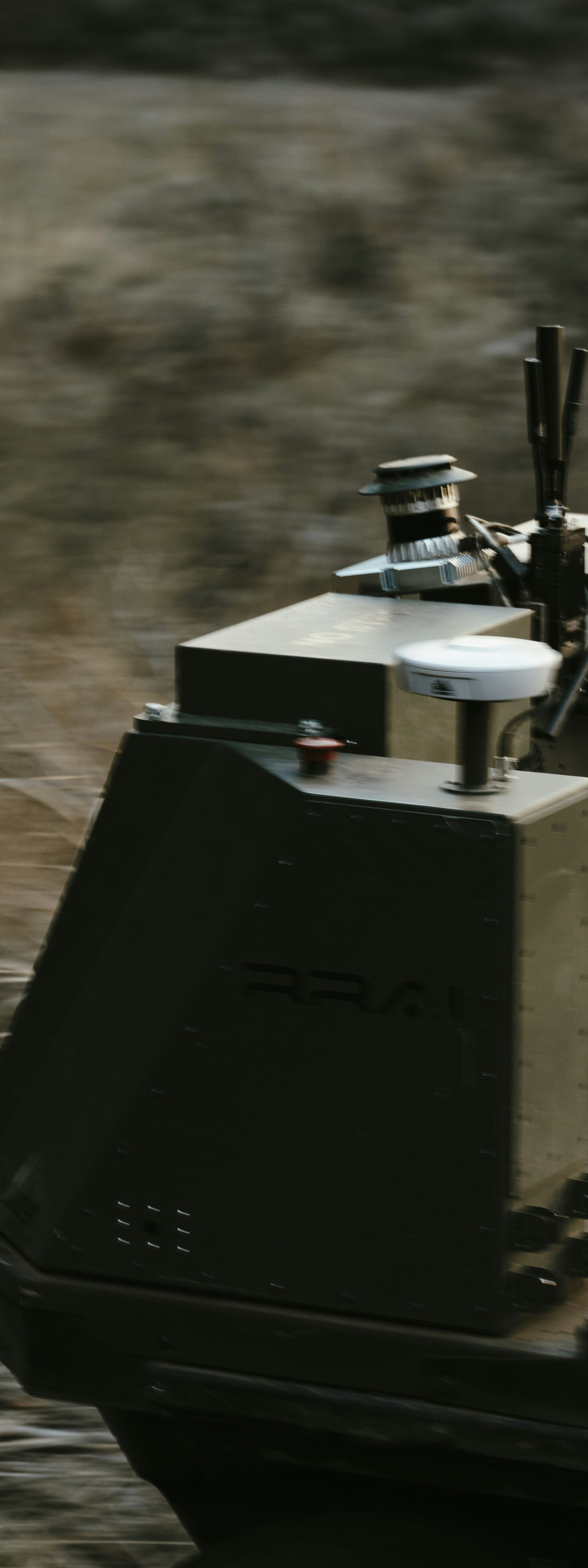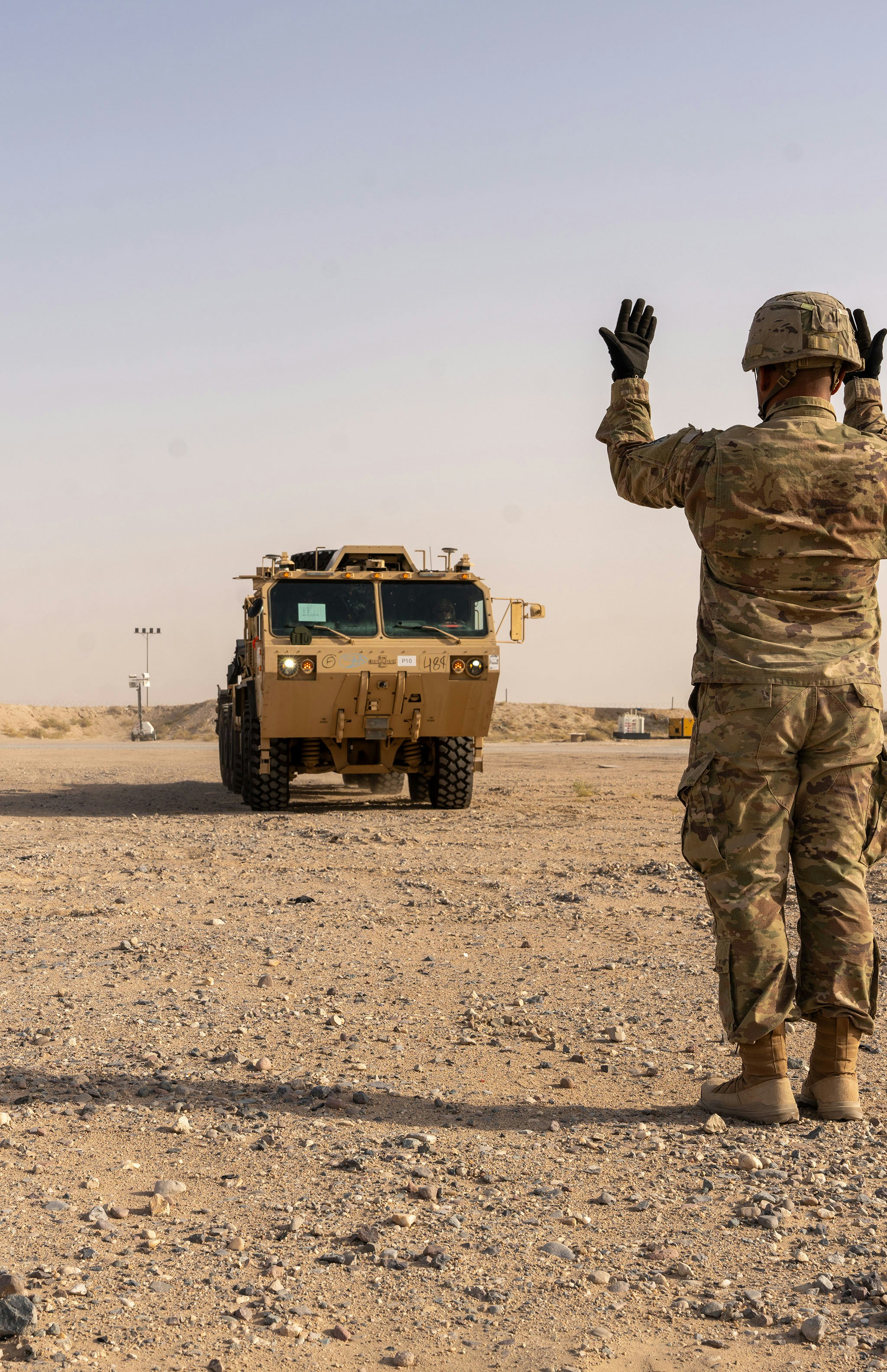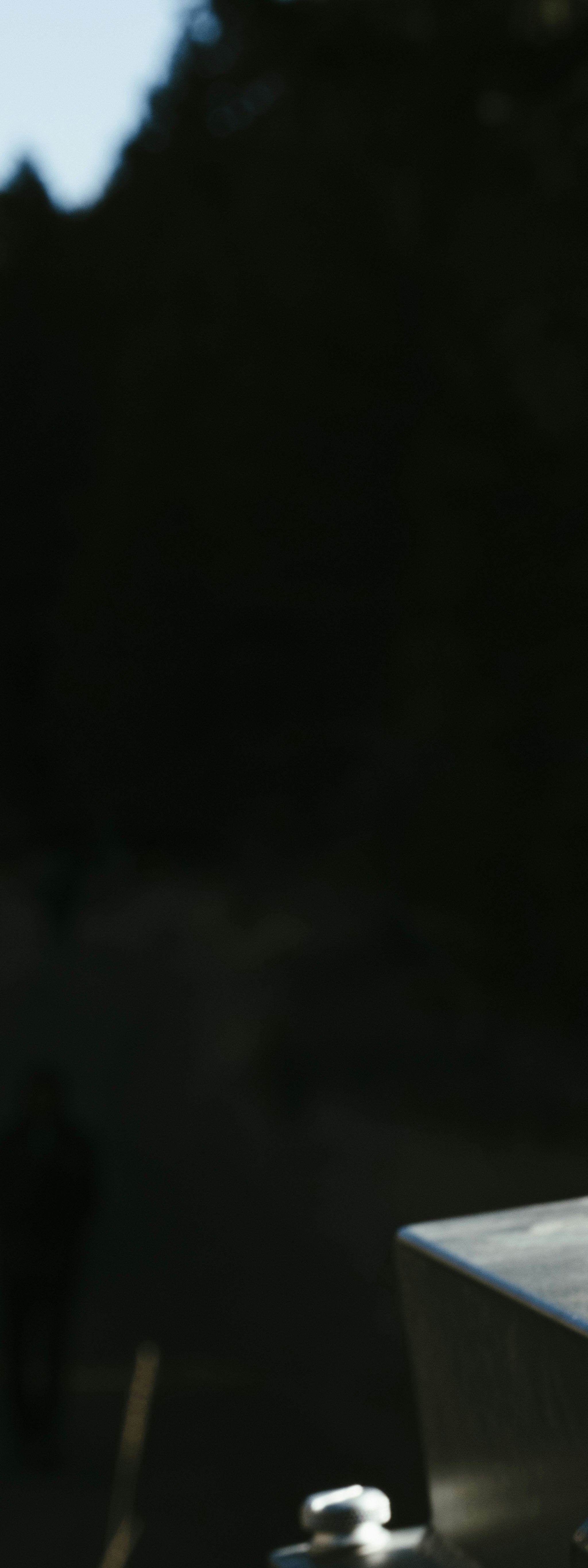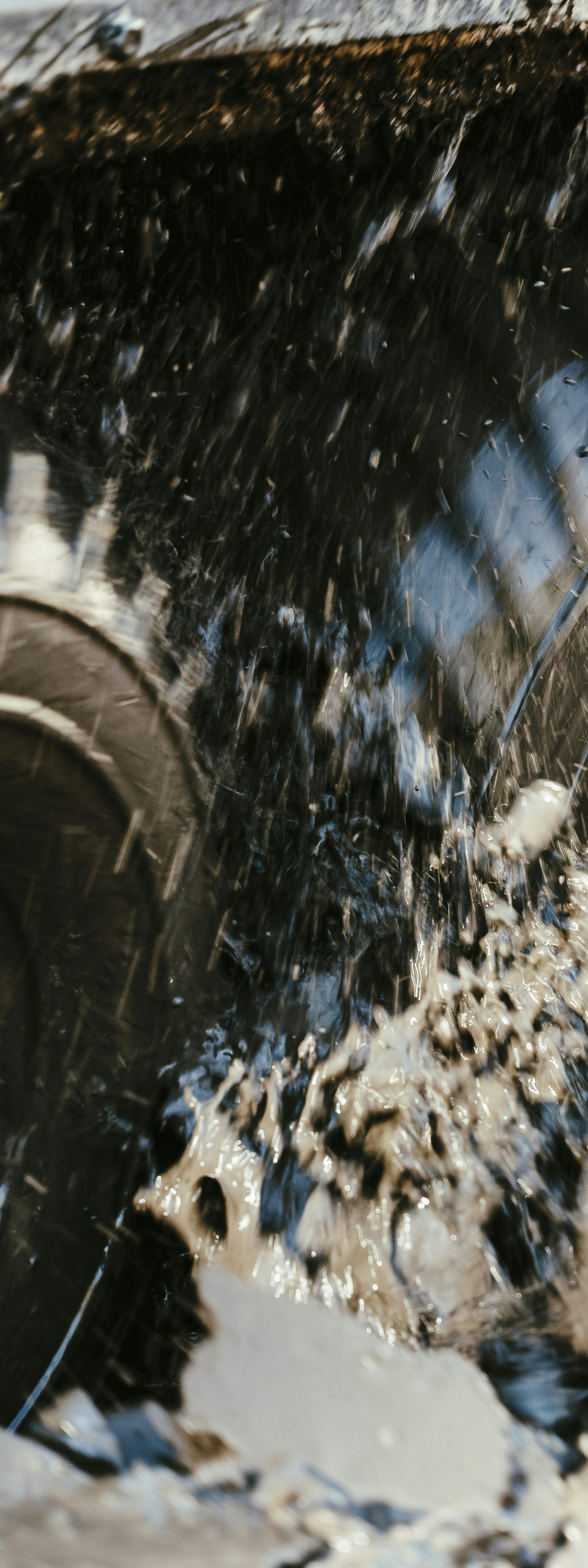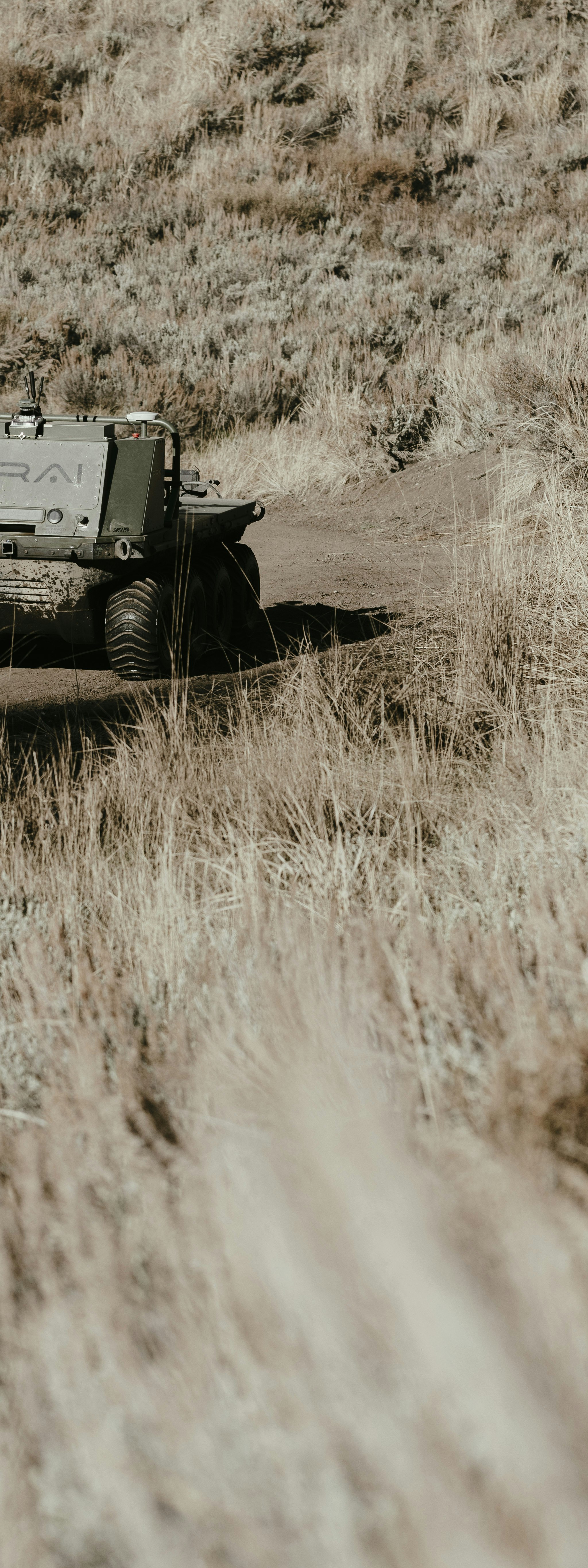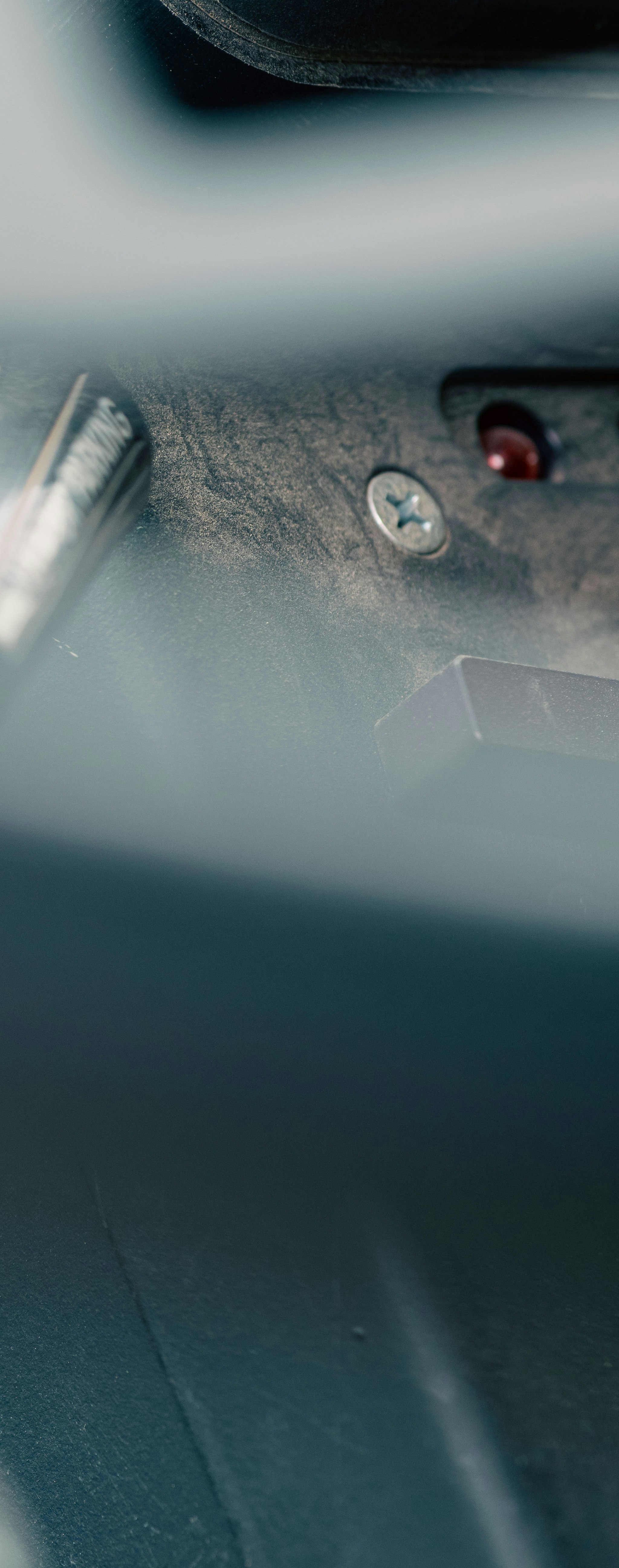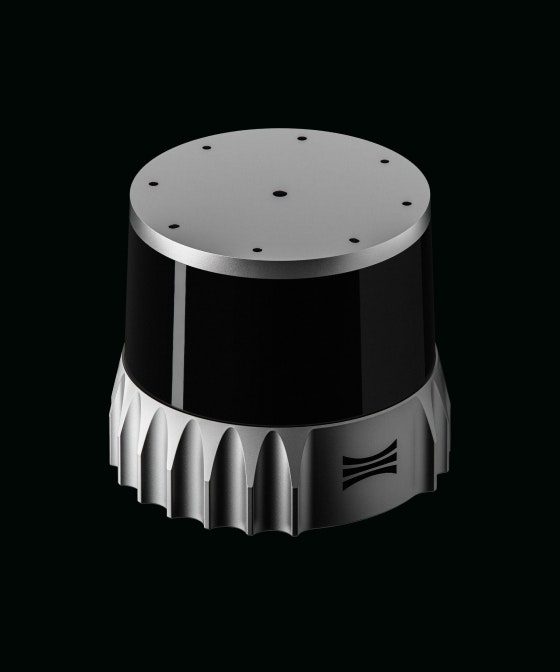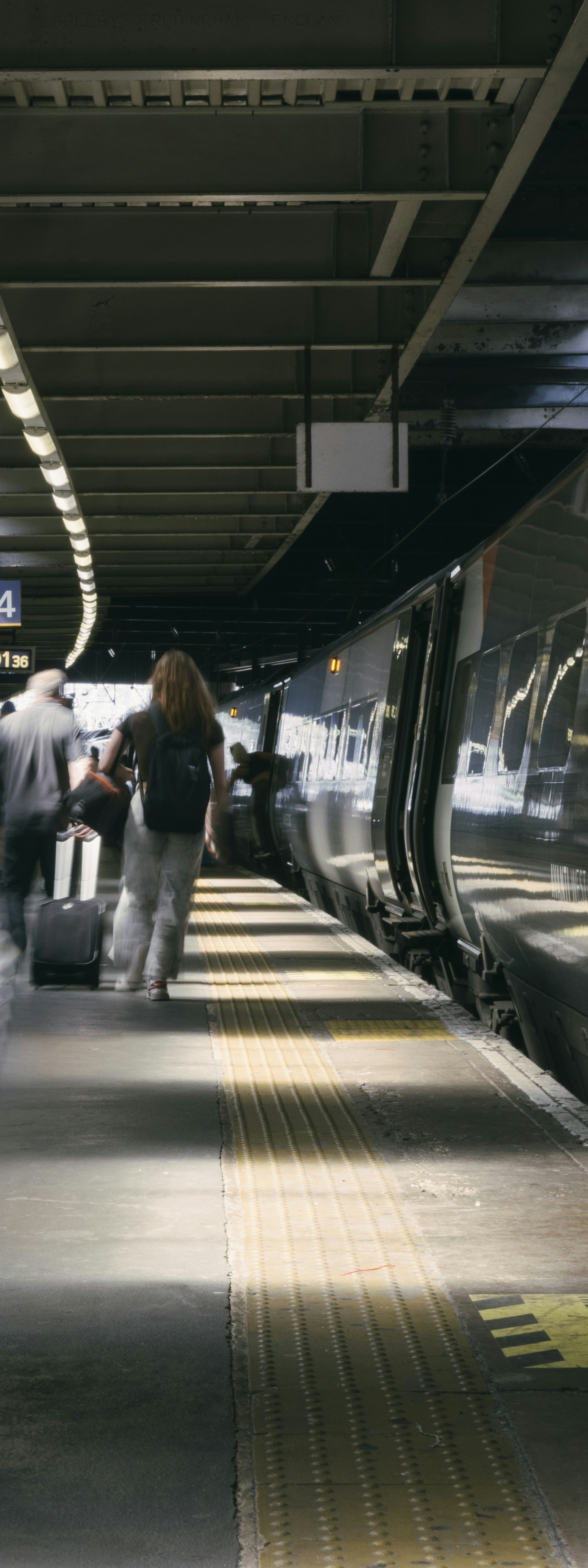"Delivering water and supplies should not be a life threatening mission."
The long supply chains that are a necessity in any military operation are some of the most vulnerable, and some of the first that can be protected with autonomy technology. Simple tasks like delivering water and fuel to sustain forces can be a life-threatening mission. Forterra (formerly RRAI) develops ground-based vehicle autonomy for the defense sector to get drivers out of those seats.
The Challenge
Off-road driving in combat environments comes with its own set of obstacles: no lane markings and unfamiliar terrain. DoD ground vehicles need to traverse complex design domains, such as extreme temperature and GPS-degraded denied regions, and low-light and weather-impaired environments. These requirements necessitate an autonomy platform that is flexible, rugged, and reliable across roadway conditions.

The Solution
Core to the way that Forterra’s autonomy platform, AutoDrive, operates is its perception stack, which is largely built around lidar. Forterra’s AutoDrive platform is equipped with multiple OS digital lidar sensors from Ouster for maximum visibility around the vehicle, in addition to cameras and radar. Defense applications are often working in foggy, dusty and rainy environments, and lidar is the key enabling sensor for the autonomy system to navigate effectively and safely in the harshest conditions.
Forterra’s autonomous capabilities are being applied to military vehicles on and off-road, as well as commercial trucks. Forterra was selected to develop systems for four active DoD programs:
Robotic Combat Vehicle (RCV) program
Autonomous Transport Vehicle System (ATV-S) program (also known as the the Ground Expeditionary Autonomous Retrofit System or GEARS)
Remotely Operated Ground Unit for Expeditionary Fires (ROGUE Fires) program
Squad–Multipurpose Equipment Transport (SMET) program
Forterra’s autonomy platform will help America’s Armed Forces safely conduct reconnaissance, troop supply missions, and related tasks during ground warfare to keep soldiers out of harm's way. Forterra has shipped over 100 vehicles, operating a cumulative 400,000 miles. Its technology is currently operating in U.S. military programs in over ten countries.
Ouster is committed to the responsible use of lidar technology. For more information on our policy regarding the use of our products for military and security applications, see Ouster’s Engagement and Responsible Use Principles.
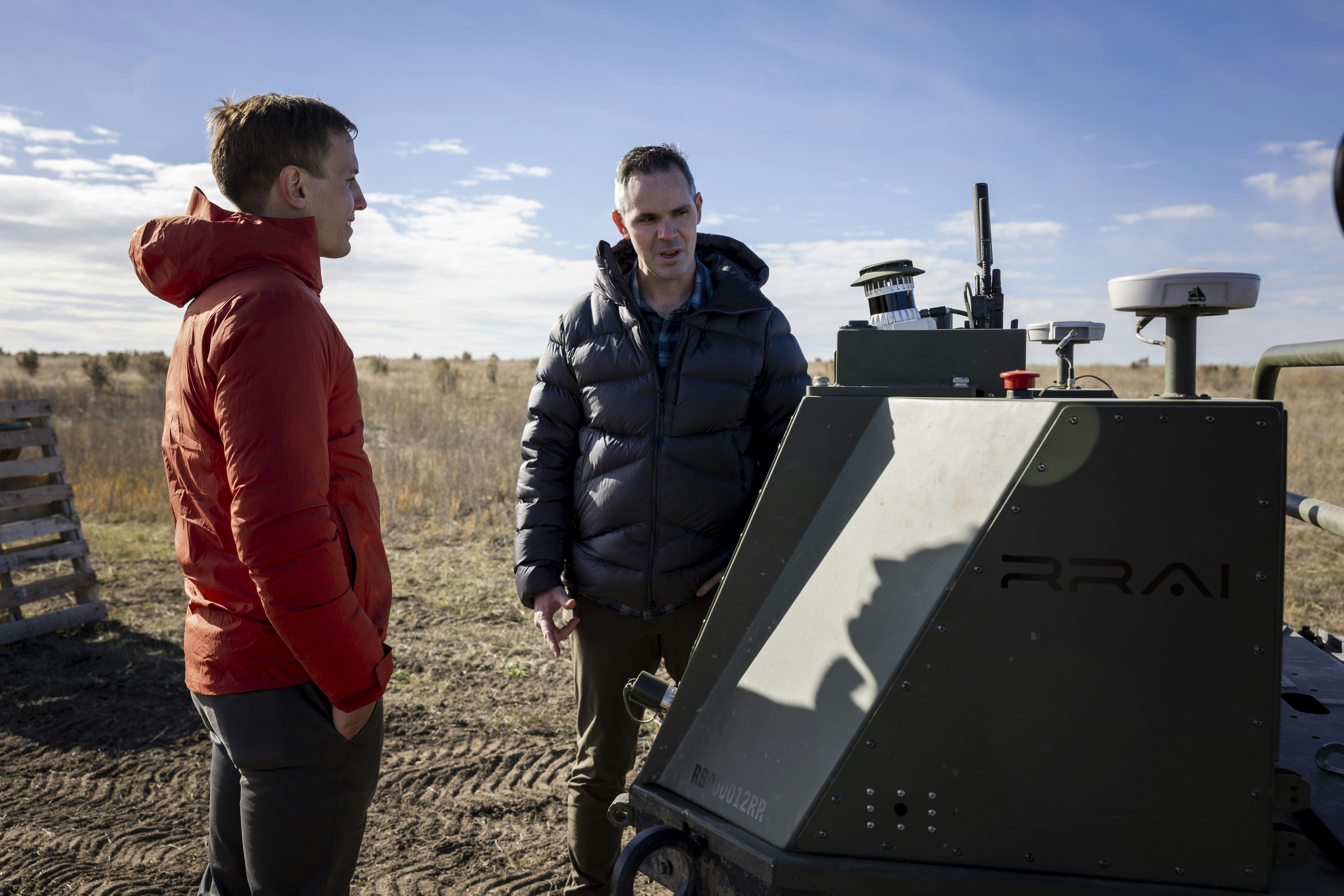
Ouster CEO, Angus Pacala with Forterra's Head of Defense, Pat Acox
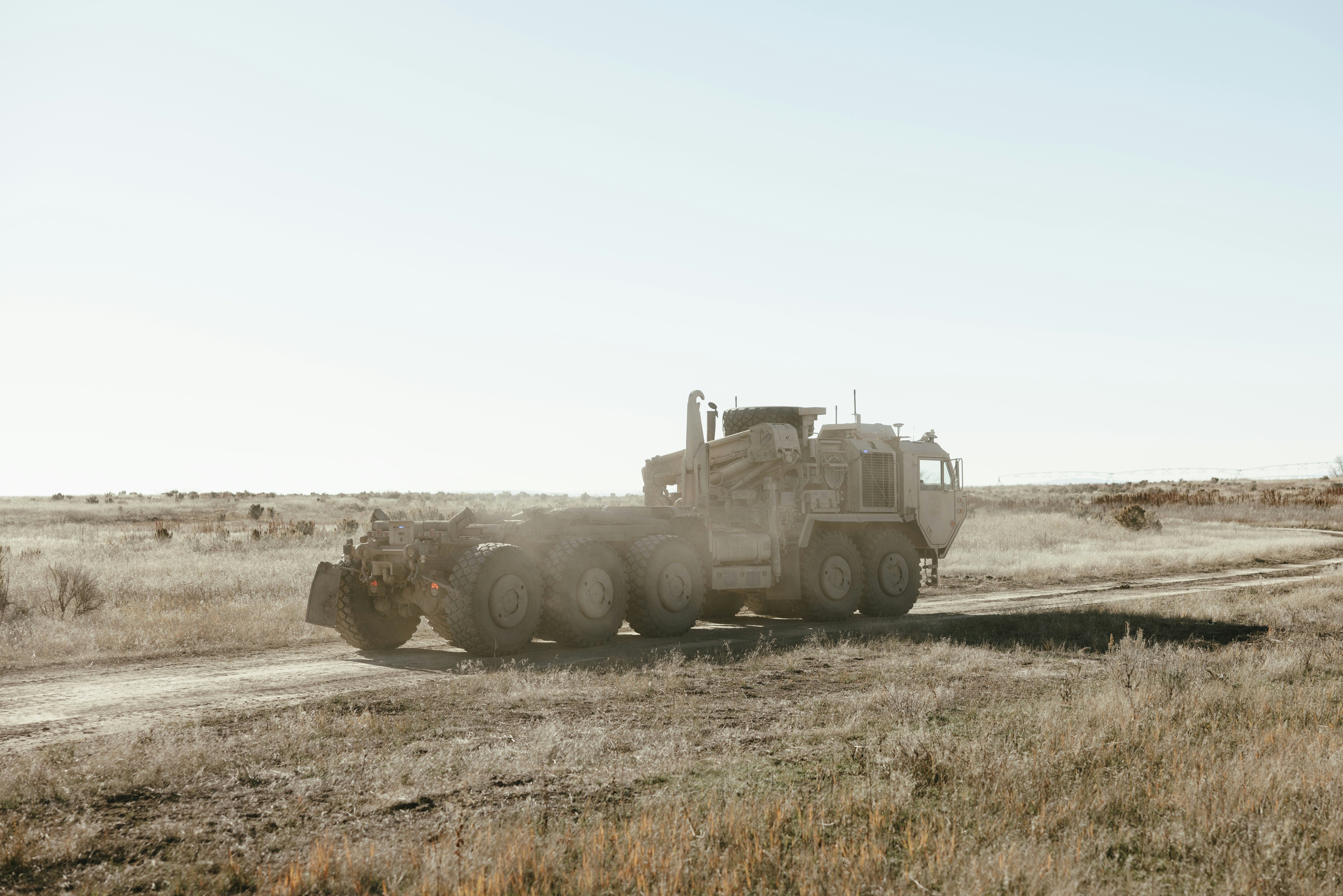

Rugged and durable sensors mean dependable deployability in a wide range of conditions

Lidar is an essential component of autonomy in GPS denied environments
